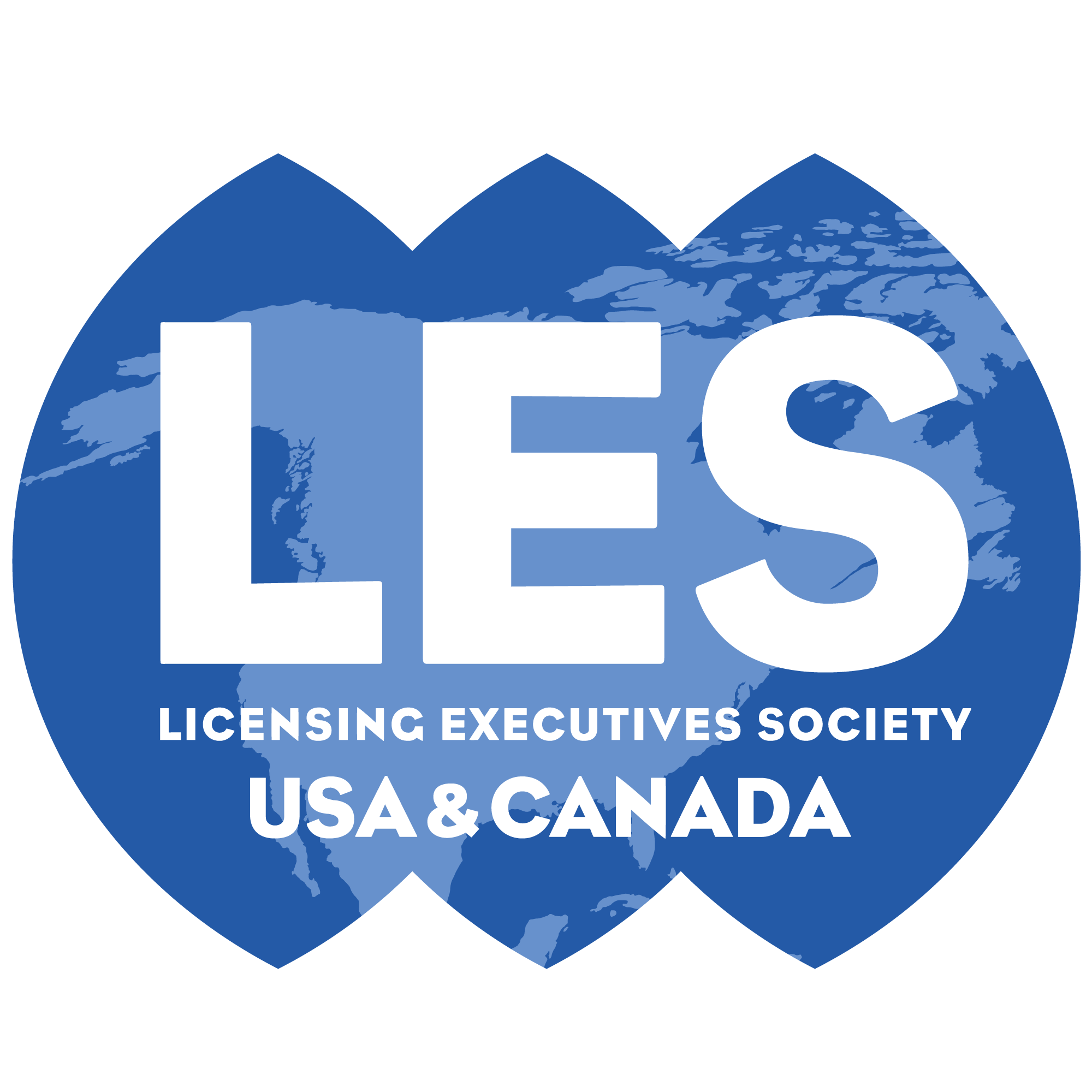Exclusive Licensor Retains Right to Enforce Patents Without Joining Licensee After Licensee’s Inaction
By: Ryan Ponzi
Edited by: Scott Forman and Brian Kacedon
Abstract: In Chr. Hansen HMO GmbH v. Glycosyn LLC, the U.S. District Court for the District of Massachusetts found that the patent holder had the ability to sue for patent infringement without joining its exclusive licensee as a party. The district court reasoned that the patent holder had retained certain exclusionary rights under the license agreement and that the licensee was not a “necessary party” under federal joinder rules because it allowed the clock to run out on its right to sue, ceding that right to the patent holder.
Background
Glycosyn owns patents providing a method of using genetically engineered strains of E. Coli to provide 2’-Fucosyllactose, an ingredient used in infant formula. Chr. Hansen, a manufacturer of infant formula, initiated a declaratory judgment action that it did not infringe. Glycosyn brought a counterclaim for patent infringement against both Chr. Hansen and its commercial distributor, Abbott Laboratories (“Abbott”). Abbott asked the court to dismiss, contending that Glycosyn cannot enforce the patents by itself because of the terms of a prior license agreement (“Agreement”) with Friedland Campina DOMO B.V. (“RFC”). The Agreement granted RFC an exclusive license to the patents, as well as the exclusive right to sue for infringement for 120 days after notice of suspected infringement and to grant sublicenses (subject to approval by Glycosyn), after which the right to sue for infringement reverted to Glycosyn.
Abbott argued that:
(1) Glycosyn lacks Article III standing because it licensed its commercial rights in the patents to RFC and therefore did not suffer an injury-in-fact itself, because the Agreement transferred Glycosyn’s exclusionary rights to its patents to RFC;
(2) 35 U.S.C. § 281 provides a federal remedy for patent infringement only to the “patentee” and Glycosyn is not the “patentee” because it gave all substantial rights to RFC under the Agreement; and
(3) In the alternative, RFC is necessary and indispensable under Federal Rule of Civil Procedure 19 and failure to join it as a party merits dismissal.
Key Findings of the Court
A Magistrate Judge rejected all three of Abbott’s arguments The District Court Judge agreed.
As to Abbott’s first argument, the Magistrate Judge found that Glycosyn retained an exclusionary right in its patents under the terms of the Agreement because it retained (1) a right to sue suspected infringers in the event that RFC failed to bring an action within 120 days of suspected infringement and (2) a sole right to license the patents to an infringer (including to settle an infringement action brought by RFC). Because Glycosyn retained these exclusionary rights to its patents, it had standing to assert a claim for patent infringement.
As to Abbott’s second argument, the Magistrate Judge explained that Abbott was correct in arguing that an exclusive licensee may become the patentee under 35 U.S.C. § 281, but only if the original patentee licensed all of its substantial rights to the exclusive licensee. As above, the Court found that Glycosyn retained substantial rights to its patents under the terms of the Agreement because it retained rights to sue suspected infringers, to settle infringement actions by granting licenses to infringers, to consent to or deny RFC’s sublicenses to third parties, and to exploit the patents for non-commercial purposes and therapeutic use. Accordingly, the Court found that Glycosyn is a patentee and has statutory standing to sue for infringement under 35 U.S.C. § 281.
As to the issue whether RFC is a necessary party, the Court explained that a party is “necessary” when in the party’s absence complete relief cannot be accorded to the existing parties. Thus, a party with no right to relief cannot be “necessary.” Agreeing with the Magistrate Judge, the Court explained that RFC cannot be a necessary party because it allowed the clock to run out on its right to sue under the Agreement and thus ceded to Glycosyn the right to bring suit and enjoy or suffer the full impact of those proceedings. The District Court found that RFC is therefore not entitled to any relief from this suit.
The District Court thus adopted the Magistrate Judge’s Report and Recommendation denying Abbott’s Motion to Dismiss.
Strategy and Conclusion
When determining whether a patent holder can enforce its patents without joining an exclusive licensee, the timing of, not just the existence of, rights may be determinative. When a licensee “let[s] the clock run out on its right to sue,” as the Court emphasized here, the licensee may cease to be a necessary party.
In addition, it is important for a patent licensor to retain key rights under its license agreements to maintain standing to sue for infringement.
Further Information
The Chr. Hansen Report and Recommendation can be found here and the decision adopting it can be found here.
Editors and Authors
The editors and authors are attorneys at Finnegan, Henderson, Farabow, Garrett & Dunner, LLP.
This article is for informational purposes and does not constitute legal advice.
The views expressed do not necessarily reflect the views of LES or Finnegan.

Get Social